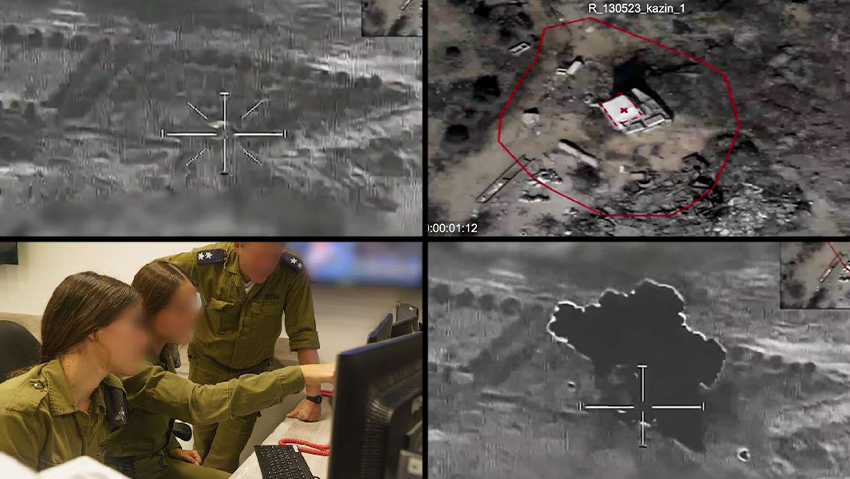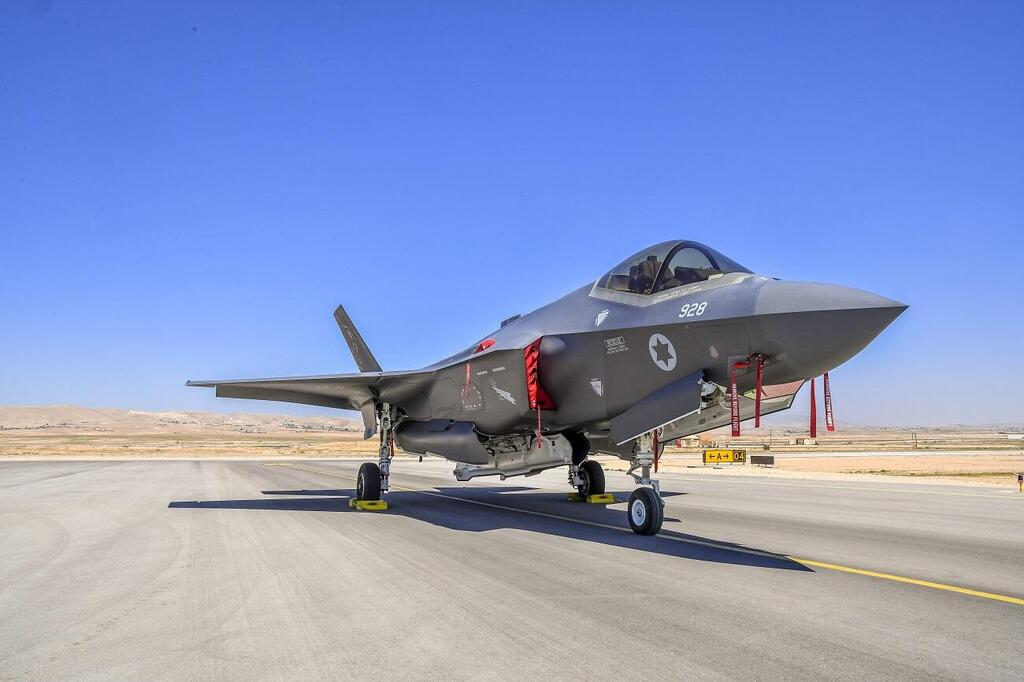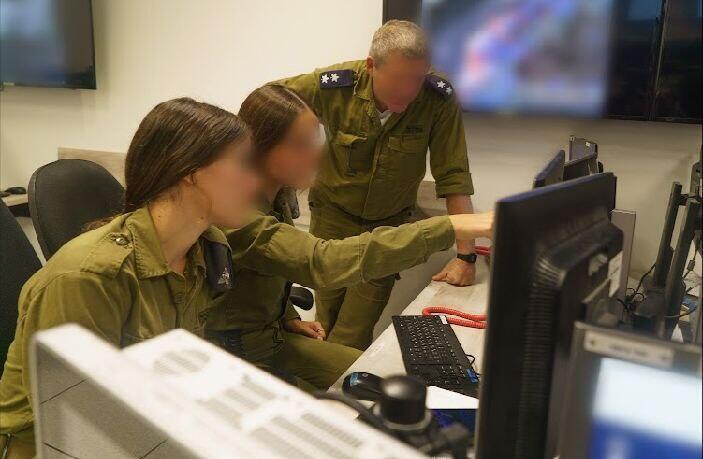Getting your Trinity Audio player ready...
IDF in coordinated operation during Gaza war
(IDF spokesperson)
In the realm of IDF operations, Operation "Shield and Arrow" can be defined as a concise and strategic war exercise, serving as a condensed version of the originally planned exercise for this month.
Like the fighting in 2021, the recent round presented an opportunity to test and refine various capabilities that have previously seen limited use.
Notably, it showcased the effective utilization of advanced aircraft such as the formidable F-35, as well as fostering direct communication between a young spotter and a skilled fighter pilot, moments before launching an attack.
With a duration of 116 hours, "Shield and Arrow" commenced with a meticulously coordinated strike that swiftly eliminated three high-ranking members of the Islamic Jihad, their deaths occurring mere moments apart.
Despite its relatively compact scale, the operation proved notably successful, largely attributed to Israel's proactive approach, which allowed for thorough preparation and minimized reactionary measures.
Beyond the initial stunning blow dealt to the Islamic Jihad within the first 35 hours, the IDF introduced novel capabilities that enhanced the effectiveness of the campaign, particularly through coordination between ground and aerial forces that transpired like a well-oiled machine.
This integration involved the deployment of cutting-edge stealth aircraft, typically reserved for specialized targets in northern conflicts or clandestine missions conducted beyond national borders.
Utilizing advanced detection and tracking technologies integrated within these aircraft, the Southern Command efficiently established rapid response circuits. The extensive arsenal of 400 bombs and missiles deployed during "Shield and Arrow" often originated from the successful identification of the stealth planes soaring high above the Gaza Strip.
At the receiving end, both aerial and ground forces, including specialized units, stood ready to engage designated targets, not unlike a taxi standing by a street corner, waiting for a nearby fare to be announced. In that regard, the process was ensuring a multifaceted approach to precision strikes.
To minimize response times in the face of enemy detection, the Air Force officer responsible for collaboration with ground forces elucidated the exhaustive utilization of a myriad of resources, including manned intelligence planes equipped with scouting capabilities.
Their aim was to maximize efficiency and expedite the execution of attacks, leaving no stone unturned in the pursuit of swift and effective operations.
A notable transformation occurred during the operation, facilitating swifter attacks for the forces involved.
Unlike previous rounds characterized by a rigid and uniform policy regarding the use of firepower, where requests for modifications faced lengthy processes that hindered effectiveness, this time witnessed a more dynamic and expedited approach.
Adjustments were made with greater frequency, responding directly to the evolving ground situation and the exigencies expressed by the forces, enabling more timely and tailored responses.
At approximately 22:00 on the initial night of the operation, a Seraf combat helicopter emerged in the sky above the central Gaza Strip. It traversed the western Negev region, approaching the town of Khan Yunis from the eastern direction.
The distinct sound of Apache rotor blades resonated at the Kissuf outpost, where Private M, recently enlisted as a spotter, commenced her duty.
Within the helicopter, the crew readied themselves to unleash a missile upon the Islamic Jihad position. However, their plans were halted by the presence of low-lying clouds that obscured their visibility.
The target, an unassuming and somewhat secluded structure, required a thorough visual assessment to ensure the absence of uninvolved civilians in close proximity.
Within a span of less than a minute, the seasoned pilot engaged in direct communication with the officers of the Gaza Division, promptly establishing a connection with M via the communication network.
Private M assumed the crucial role of overseeing the collection and subsequent actions within the helicopter's designated sector, which she had been diligently monitoring in recent weeks.
"Engaging in direct communication with the pilot, we established a shared language, using tangible landmarks within the area," she explained. "I inquired about his observations, discerning both the elements he perceived and those he might have missed, as we were essentially watching identical areas from distinct vantage points.
"To ensure absolute accuracy, I deliberately posed a misleading question concerning a separate location, thus making sure we were absolutely positive about our shared observations," she said.







